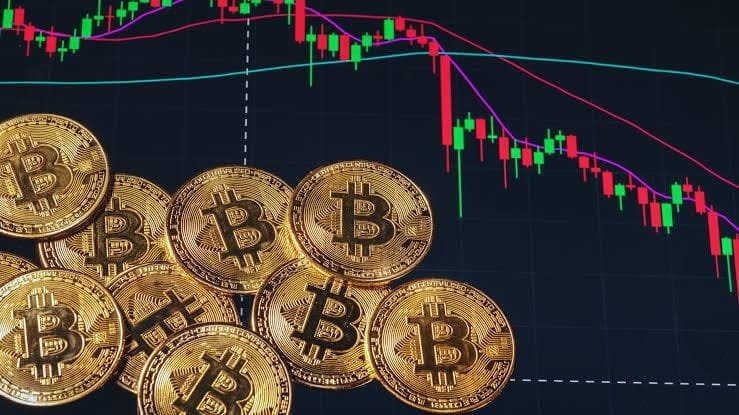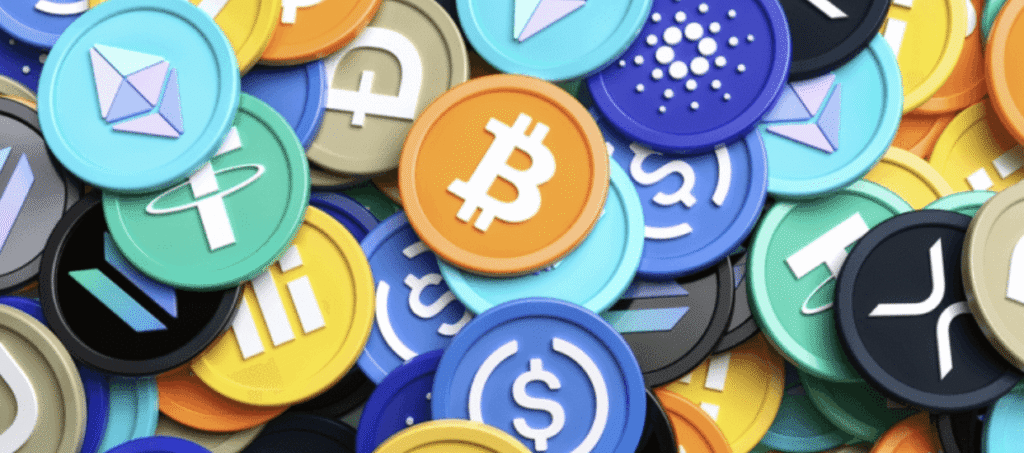The world of cryptocurrency is still getting a lot of attention throughout the world. It has gone from being a financial experiment to a mainstream technology that is changing economies, politics, and digital ownership. “Crypto news” is no longer just about price changes; it now also includes changes in regulations, institutional involvement, blockchain innovation, and decentralised financial ecosystems. This in-depth guide looks at the most important changes that are now affecting the crypto ecosystem, giving investors, developers, and regular consumers a better understanding of the issues at hand.
Crypto Market Trends Overview
The crypto markets still react fast to global events, displaying how individuals feel in real time. People still believe Bitcoin and Ethereum are the most important cryptocurrencies and market indicators. Macroeconomic factors such as inflation, interest rate policy, and central bank decisions continue to influence Bitcoin News Ethereum, on the other hand, reacts to news concerning gas pricing, staking rewards, and network scaling upgrades.

In addition to these big names, cryptocurrencies like Solana, Avalanche, and Polkadot are getting a lot of attention for their speed and the growth of their ecosystems. Layer 1 and Layer 2 improvements have made crypto projects easier to use by cutting transaction costs and making them easier to scale. On-chain analytics and social sentiment tools now help investors make judgements based on facts. The market operates continuously due to increased liquidity and round-the-clock trading.
Decentralised Finance Revolution
Decentralised finance, or DeFi, is one of the most important things in crypto news right now. Decentralised finance is changing how individuals manage their money by enabling transactions without the need for traditional financial intermediaries. Users can lend, borrow, and exchange digital assets without permission via protocols like Uniswap, Aave, Curve, and MakerDAO. The ideas of yield farming, liquidity mining, and governance tokens have become crucial to the crypto ecosystem as these DeFi platforms have grown up.
As billions of dollars pour into smart contracts, security checks, cross-chain compatibility, and gas optimisation have all become very important. But the risks are still there. Occasionally, news reports highlight smart contract exploits and rug pulls, underscoring the importance of investors conducting thorough research. Despite the existing hazards, decentralised finance (DeFi) continues to grow rapidly. It already includes everything from decentralised insurance to algorithmic stablecoins, which try to keep prices stable without using traditional financial reserves.
Blockchain Scalability and Interoperability
Blockchain technology, which is the backbone of all cryptocurrencies, is moving forward at an incredible rate. Ethereum’s switch to Proof-of-Stake has made it possible to use less energy and have a safer way to reach agreement. Layer 2 solutions like Arbitrum, Optimism, and zkSync are helping to solve Ethereum’s well-known gas charge problems by making transactions faster and cheaper.
Zero-knowledge proofs and rollups are two of the most exciting new technologies for blockchain privacy and scalability. These technologies make it easier for blockchains to handle more users and apps by allowing for rapid data compression and secure transaction verification. Hackers still pose a threat to cross-chain bridges, but new security measures and cryptographic proofs are strengthening their resilience. Interoperability is the main theme of blockchain development. Polkadot and Cosmos combine networks to facilitate ecosystem communication and value transfer. This endeavour is a significant step towards allowing consumers to use multiple blockchains or apps. future
Bitcoin and Crypto Regulations
As the Bitcoin market grows, rules and regulations are swiftly catching up. Polkadot and Cosmos combine networks to facilitate ecosystem communication and value transfer. Such an initiative is a huge step towards a future where users don’t use one blockchain or app. At the same time, Europe’s Markets in Crypto-Assets (MiCA) regulation is paving the way for more complete rules for crypto.

Stablecoins, privacy coins, and centralised exchanges are popular. Regulators are increasingly demanding that projects and platforms be more transparent, obey AML requirements, and disclose their operations. Crypto firms are increasingly collaborating with lawmakers on taxes, licensing, and data protection. Users and corporations must modify crypto rules. The ability to adapt and comply with new global standards will be vital to long-term success.
Final thoughts
Crypto news today isn’t only about what’s going on right now. It’s also a look at the future of money, government, technology, and global connections. Every week, new use cases, rules, and technologies come out that change what is feasible. The digital asset ecosystem keeps getting more complicated and full of opportunities. For example, rollups make things more scalable, zero-knowledge proofs make them more private, and CBDCs are becoming more popular around the world. The NFT metaverse is also changing. It’s not just helpful for readers, investors, builders, and politicians to stay up to date with reliable crypto news sources; it’s necessary. We are writing the future of money, identity, and the internet block by block.

















